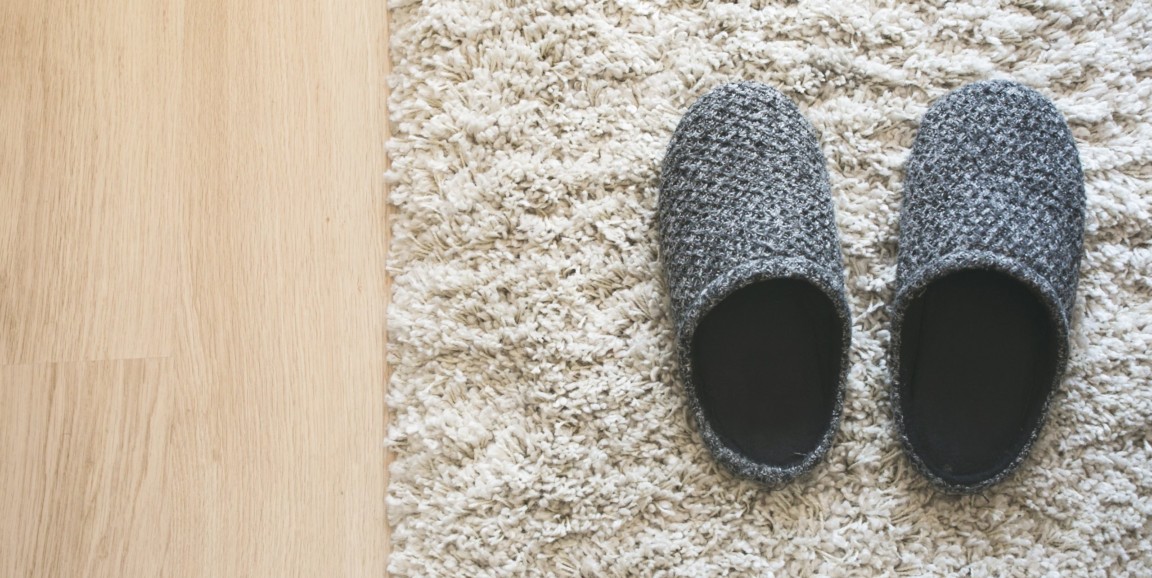Paul, a retired construction manager, woke up one morning feeling a little light-headed. Brushing it off, he got out of bed to go to the bathroom, and suddenly, the world was spinning.
Before he could grab on to something, Paul lost his balance and slipped on the tile floor, hitting his head on a towel rack as he crashed to the ground.
His granddaughter rushed him to the hospital where he was diagnosed with a concussion.
Unfortunately, Paul represents one of the 3 million older adults -- individuals age 65 and older -- treated in emergency departments across the United States each year for fall injuries. About one in every four older adults will fall every year. The physical, psychological and financial consequences of falling can be staggering. Largely shouldered by Medicare and Medicaid, the total medical costs related to falls exceed $50 billion annually.
Fortunately, there are many practical steps that individuals, especially those 65-years-old or older, can take to reduce their risk of falling.
We will discuss these fall risk reduction strategies as part of this series. First, however, let's discuss what makes an individual more likely to fall.
Conditions that increase risk of falling
Having previously fallen
The largest predictor of falls is having fallen before. In fact, falling once doubles the chances of falling again.
Lower body weakness
Lower body skeletal muscles involved in maintaining posture and walking decline with increasing age, but can be improved through exercises, such as strength and balance training.
Chronic conditions
Chronic conditions, including arthritis, stroke, diabetes, Parkinson's disease and dementia, can impair balance, strength and motion, and make it more likely for a person to fall.
Difficulties with walking and balance
Walking and balance issues can happen for a variety of reasons. Older people should speak to their health care provider and create a plan and/or look for equipment to assist them.
Vitamin D deficiency
Vitamin D deficiency is associated with muscle weakness and decline. Taking supplemental Vitamin D is recommended for fall prevention for oder adults who have a serious deficiency.
Certain medicines
Medications, such as opioids, benzodiazepines, sedatives, antidepressants and some over-the-counter drugs, can affect alertness, balance and how steady a person is on their feet. Additionally, the risk is increased significantly if that person is on more than one of these medications.
Vision problems
Issues with depth perception and the ability to see obstacles can lead to preventable falls.
Foot pain or poor footwear
Both can impair normal standing and walking movement and increase fall risk.
Home hazards or dangers
Lack of handrails, poor lighting, lack of grab bars in bathrooms, slippery surfaces, loose rugs, power cords and other home hazards can lead to preventable falls.
The more fall risk conditions listed above that an individual has, the greater their risk of falling. Therefore, many of the fall prevention strategies we will discuss in this series target multiple risk factors.
Falls can be prevented
Let's take Paul, for example. He had recently begun taking a blood pressure medication -- one that is known to have a side effect of causing dizziness --before his fall. He was also wearing fuzzy socks that made walking on the slippery tile floor more dangerous.
With a bit of preparation -- such as education about the risk of medications or the use of slippers with soles -- Paul's fall could have been prevented.
The consequences of falls range from minor to life-threatening.
One in five falls results in a serious injury. The most common fall-related problems are broken bones (particularly wrists, hips, arms, and ankles) and head injuries. All of these problems can have long-term and life-threatening consequences. Unfortunately, falls are often closely followed by other negative health events, such as declining health, future falls and hospitalizations.
Most falls occur at home. In the next blog post, we will discuss specific steps older adults can take to fall-proof their homes and implement simple, but effective, at-home fall prevention strategies.
If you or someone you care for who is older than 65 falls and has one or more of the risk factors mentioned above, take the fall seriously. Contact a health care provider, even if it appears that no further medical attention is needed.
This is the first blog post in the series, Reducing Falls For Older Adults. The goal of the series is to help older adults and their family members better understand how to reduce the risk and impact of falls. Patients referenced are composites, compiled from actual patient experiences
Claire Jacobson is a master's degree student in Community Health and Prevention Research at Stanford studying chronic disease prevention and healthy aging. Stanford professor and primary care physician Randall Stafford, MD, PhD, studies strategies to improve chronic disease treatment, including increasing the role of patients in their health care.
Photo by Sarah Pflug






